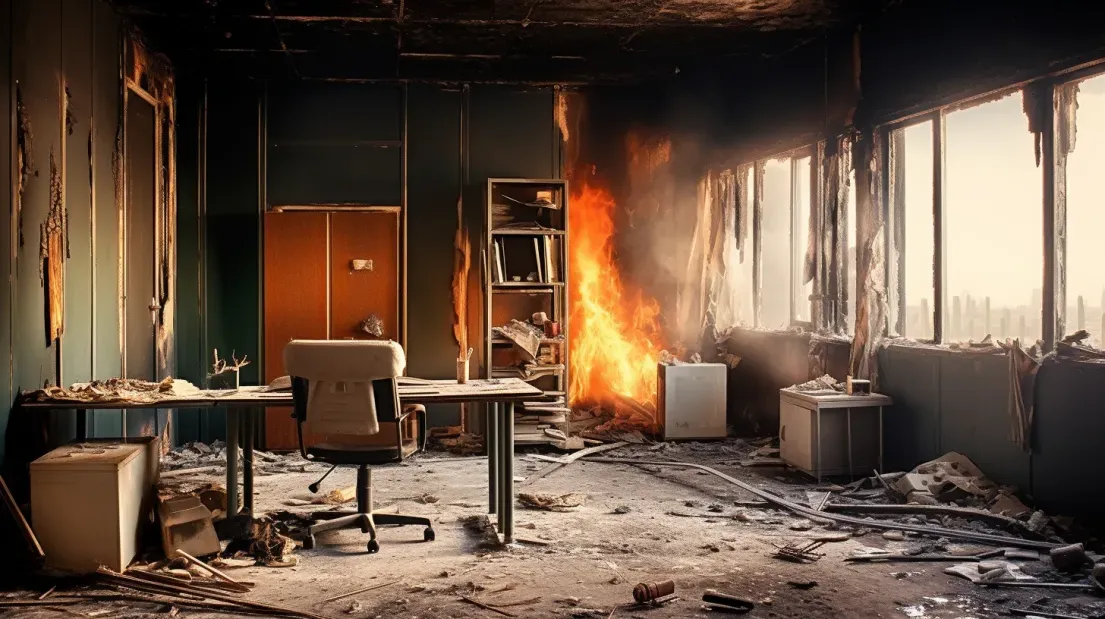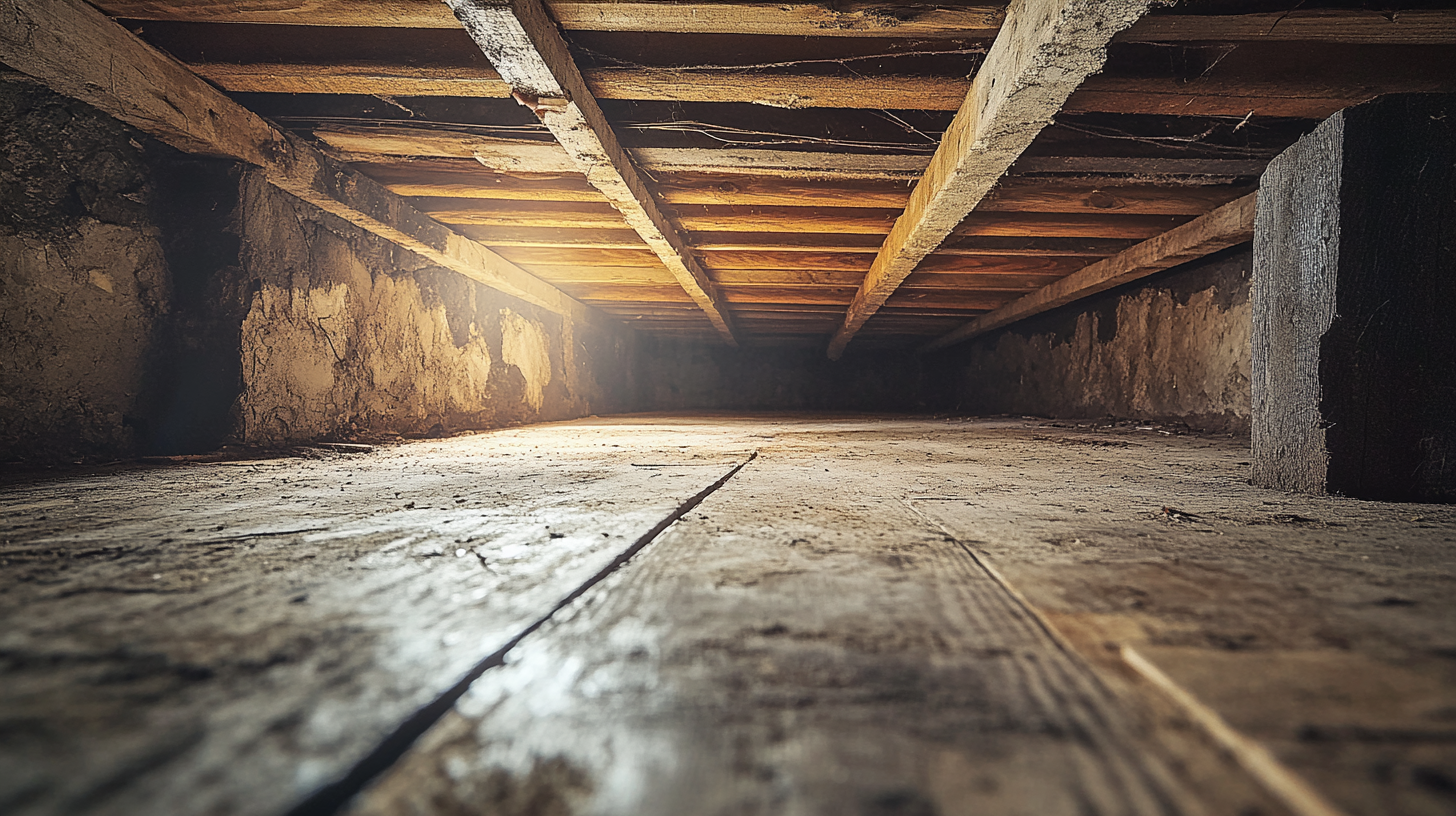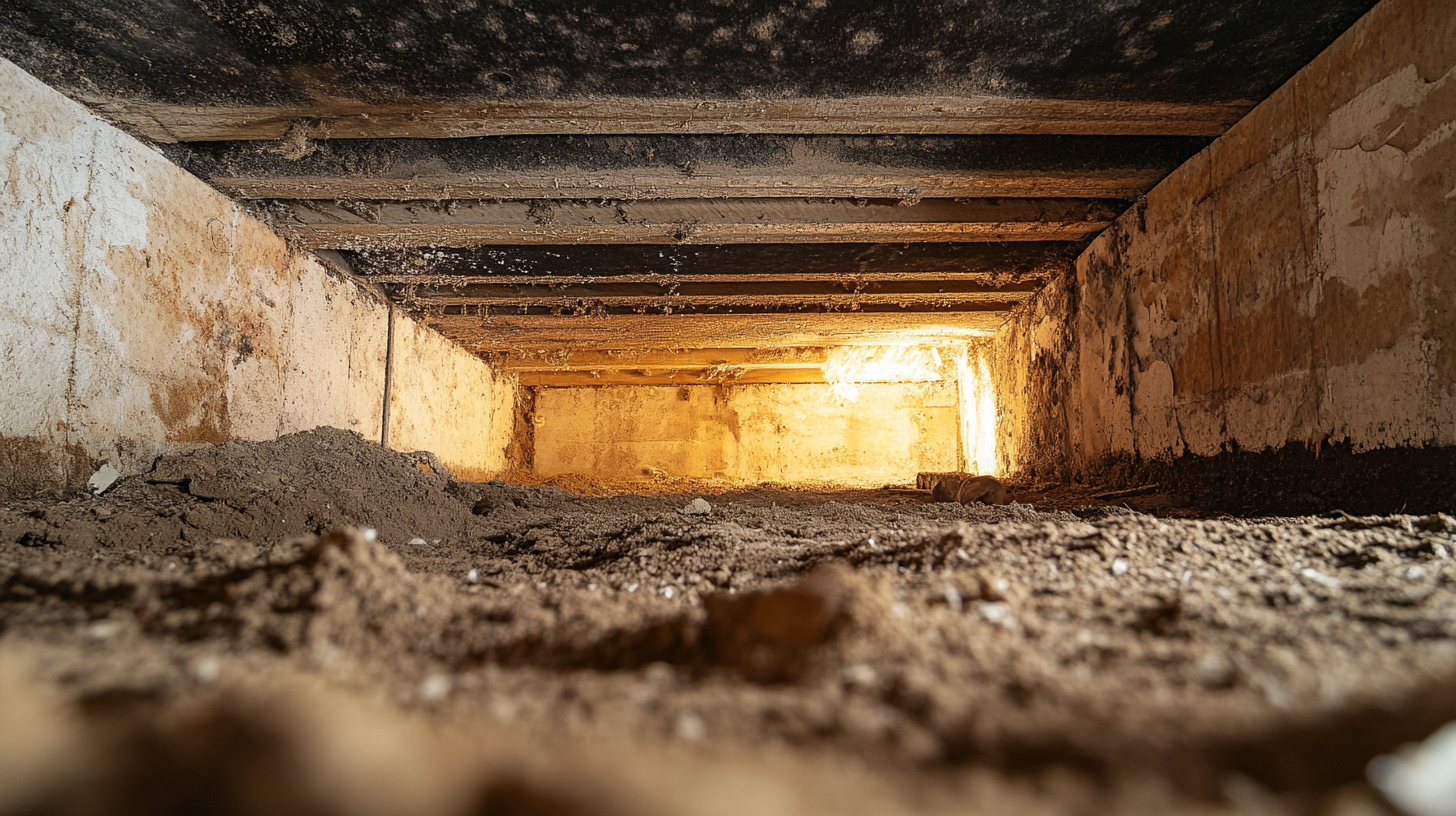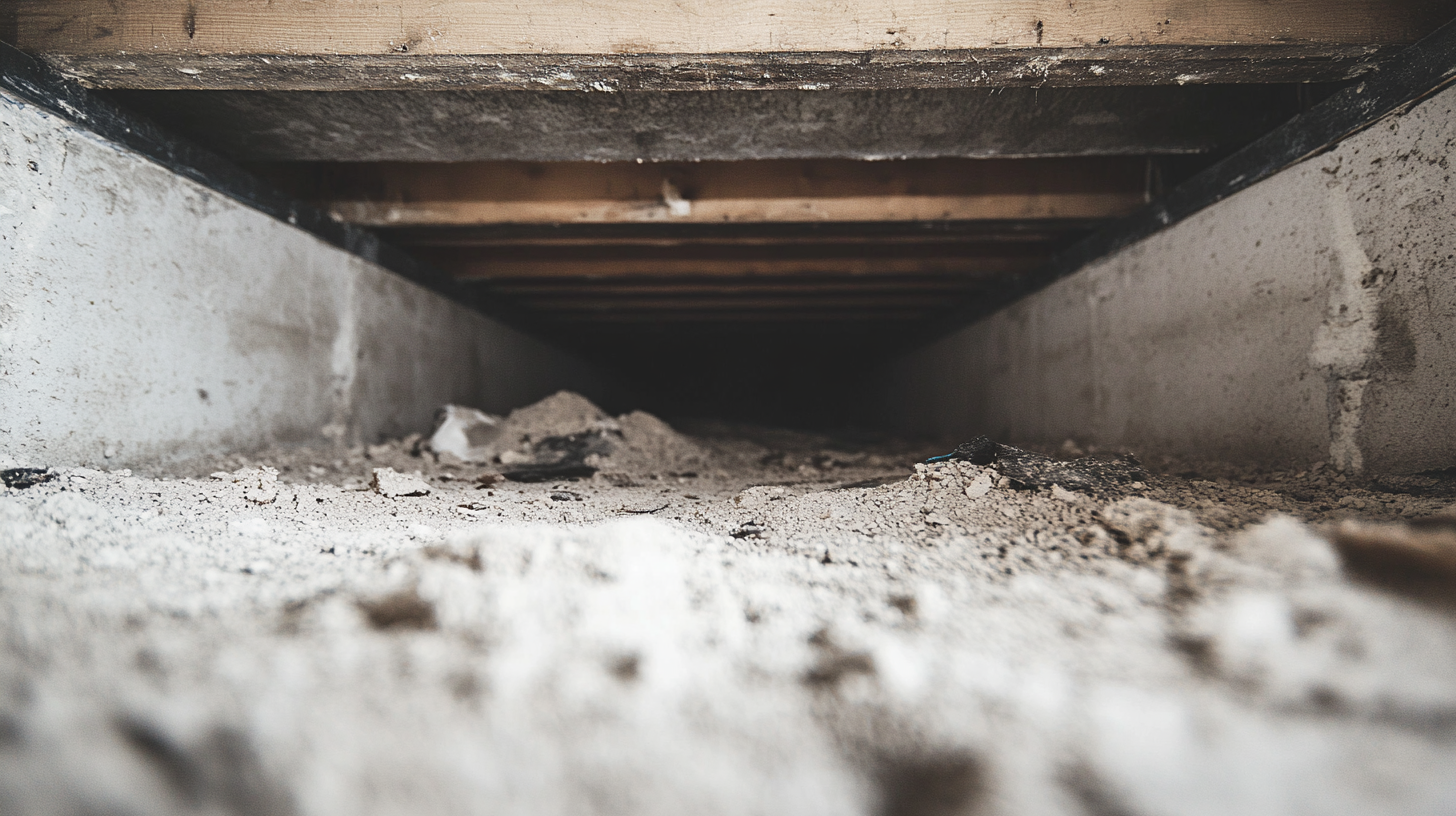The Role of Structural Engineers in Fire Damage Assessment

Fire incidents, while devastating, are an unfortunate reality that can impact residential, commercial, and industrial properties alike. The aftermath of a fire can leave a trail of destruction, disrupting lives, and businesses, and posing significant risks to safety and structural integrity. This underscores the crucial need for a comprehensive fire damage assessment.
Fire damage assessment is the systematic evaluation of the extent and nature of damage caused by a fire. This process is not merely about estimating the financial cost of the damage but involves a detailed examination of various factors that contribute to the overall impact. These include structural damage, smoke and soot contamination, water damage from firefighting efforts, and potential health hazards.
Understanding the full scope of fire damage is essential for several reasons. First and foremost, it ensures the safety of the occupants by identifying and addressing structural weaknesses that could lead to collapses or other accidents. Secondly, it facilitates efficient and effective restoration and remediation efforts, helping to bring properties back to their pre-fire condition as quickly as possible. Additionally, a thorough assessment aids in the insurance claims process, providing the necessary documentation to support claims and ensuring that property owners receive the compensation they are entitled to.
Moreover, fire damage assessment helps in mitigating long-term risks. By identifying and addressing issues such as residual smoke damage and mold growth, it prevents future problems that could arise if these issues are left unchecked. This proactive approach not only saves time and money in the long run but also contributes to the overall health and well-being of the occupants.
In conclusion, fire damage assessment is a pivotal step in the recovery process following a fire. It lays the foundation for safe, effective, and efficient restoration, ensuring that properties are restored to their full functionality and safety. By comprehensively addressing all aspects of fire damage, it supports the resilience and recovery of affected individuals and communities.
Understanding Fire Damage
The Impact of Fire on Structures
Physical and Chemical Effects of Fire on Building Materials
Fire can have profound physical and chemical effects on building materials, altering their properties and compromising their integrity. High temperatures cause materials to expand, warp, and weaken, while the combustion process can chemically alter substances, reducing their strength and stability. For example, concrete may spall and lose its load-bearing capacity, steel beams can lose their strength and deform, and wood structures may be charred and brittle. Understanding these effects is crucial for accurately assessing the extent of damage and planning for appropriate repairs or replacements.
Common Types of Damage Caused by Fire
The types of damage caused by fire are varied and can be extensive. They include structural damage, such as weakened beams, columns, and walls; surface damage, including scorched and blackened surfaces; and hidden damage, like compromised electrical wiring and plumbing systems. Additionally, fires often lead to secondary damage from smoke and soot, which can permeate materials and create lingering odors and health hazards. Water damage from firefighting efforts can also contribute to the overall impact, promoting mold growth and further weakening structures.
Importance of Early Damage Detection
Early detection of fire damage is critical to mitigating its impact. Prompt assessment allows for immediate safety measures to be implemented, preventing further harm to occupants and structural failures. It also enables quicker initiation of restoration efforts, minimizing the extent of secondary damage and reducing overall repair costs. By identifying issues early, property owners can ensure a more efficient and effective recovery process, preserving the integrity and safety of the structure.
Consequences of Unassessed Fire Damage
Risks to Occupant Safety
Unassessed fire damage poses significant risks to occupant safety. Structural elements weakened by fire may collapse unexpectedly, leading to severe injuries or fatalities. Additionally, hidden damage to electrical systems can create fire hazards, and residual smoke and soot can cause respiratory problems and other health issues. Ensuring thorough assessments are conducted can help mitigate these risks, providing a safer environment for occupants.
Potential for Further Structural Failures
Ignoring fire damage can lead to further structural failures over time. What might seem like minor damage can exacerbate, resulting in major structural issues that compromise the building's integrity. For instance, weakened beams or columns might hold initially but could fail under load, leading to partial or total collapse. Regular inspections and assessments are essential to identify and address these vulnerabilities before they result in catastrophic failures.
Legal and Financial Implications
The legal and financial implications of unassessed fire damage can be substantial. Property owners may face lawsuits if occupants are injured due to undetected damage. Insurance claims might be denied if proper assessments and documentation are not provided, leading to significant out-of-pocket expenses for repairs. Furthermore, buildings with unaddressed fire damage may not meet regulatory standards, resulting in fines and potential closure. Conducting thorough damage assessments helps to ensure compliance with legal requirements, supports successful insurance claims, and protects property owners from financial losses.
The Expertise of Structural Engineers
Specialized Knowledge
Training and Qualifications of Structural Engineers
Structural engineers undergo rigorous education and training to develop the skills necessary for their profession. Typically, this involves obtaining a bachelor's degree in civil or structural engineering, followed by specialized postgraduate studies or certifications. They must also gain practical experience through internships or apprenticeships and often need to pass professional licensing exams. This comprehensive training equips them with the technical knowledge and practical skills required to assess and address complex structural issues, including those arising from fire damage.
Understanding of Material Science and Structural Integrity
A deep understanding of material science is essential for structural engineers. They study the properties and behavior of various building materials, such as steel, concrete, wood, and composites, under different conditions. This knowledge allows them to assess how these materials react to the intense heat and stress of a fire. By understanding the structural integrity of different materials, engineers can accurately evaluate the extent of damage and recommend appropriate remediation measures to ensure the safety and stability of the structure.
Familiarity with Fire Dynamics and Behavior
Structural engineers also possess specialized knowledge of fire dynamics and behavior. They understand how fires develop, spread, and affect different types of structures. This expertise enables them to identify the areas most likely to suffer severe damage and the potential for secondary effects, such as smoke and water damage. By applying this knowledge, engineers can conduct thorough assessments and develop effective strategies for repairing and reinforcing fire-damaged buildings.
Assessment Techniques
Visual Inspections and Identification of Damage Signs
One of the primary techniques used by structural engineers is visual inspection. This involves a detailed examination of the structure to identify obvious signs of damage, such as cracks, deformations, discoloration, and charring. Visual inspections are often the first step in the assessment process, providing a preliminary understanding of the extent and nature of the damage.
Use of Non-Destructive Testing Methods
To gain a more comprehensive understanding of fire damage, structural engineers employ various non-destructive testing (NDT) methods. These techniques allow for the assessment of structural integrity without causing further harm to the building.
Infrared Thermography
Infrared thermography is a powerful tool used to detect heat patterns and temperature variations within a structure. By capturing thermal images, engineers can identify areas affected by fire, even if the damage is not visible to the naked eye. This method is particularly useful for locating hidden damage and assessing the effectiveness of insulation and other fire-resistant materials.
Ultrasonic Testing
Ultrasonic testing involves sending high-frequency sound waves through materials to detect internal flaws and weaknesses. This technique helps engineers identify cracks, voids, and other imperfections within structural elements. It is especially valuable for assessing the condition of concrete and steel components, which may have been compromised by fire.
Ground-Penetrating Radar
Ground-penetrating radar (GPR) uses electromagnetic waves to create images of subsurface structures. This method is effective for detecting voids, rebar placement, and other hidden features within walls, floors, and foundations. GPR provides valuable insights into the extent of fire damage and helps engineers plan appropriate repair strategies.
Structural Analysis Software
Structural analysis software is another critical tool in the engineer's arsenal. These programs allow for detailed modeling and simulation of structural performance under various conditions. By inputting data from inspections and testing, engineers can predict how the structure will behave under future loads and stresses. This information is essential for designing effective reinforcement and repair solutions, ensuring the long-term safety and stability of the building.
The Assessment Process
Initial Evaluation
Site Inspection and Safety Considerations
The assessment process begins with a thorough site inspection to evaluate the extent of fire damage. Structural engineers prioritize safety, ensuring that the site is secure for both the inspection team and any occupants. They identify immediate hazards such as unstable structures, hazardous materials, and compromised electrical systems. By addressing these safety considerations first, engineers can conduct a more detailed and effective evaluation without putting anyone at risk.
Documentation and Data Collection
Accurate documentation and data collection are critical components of the initial evaluation. Engineers meticulously record observations and gather relevant information to form a comprehensive understanding of the damage.
Photographic Evidence
Photographic evidence plays a vital role in the assessment process. Engineers take detailed photographs of the damaged areas, capturing the extent of structural and surface damage. These images serve as a visual record that can be referred to throughout the assessment and repair process, providing clear evidence for insurance claims and legal documentation.
Field Notes
Field notes complement photographic evidence by providing detailed descriptions of the damage observed. Engineers note the condition of various structural elements, any immediate safety concerns, and initial thoughts on the severity of the damage. These notes are essential for developing a thorough assessment and for future reference during the restoration process.
Detailed Analysis
Material Sampling and Laboratory Testing
After the initial evaluation, engineers conduct a detailed analysis, which often involves material sampling and laboratory testing. Samples of concrete, steel, wood, and other materials are collected and analyzed to determine the extent of fire-induced degradation. Laboratory tests can reveal changes in material properties, such as strength, durability, and chemical composition, providing critical data for assessing the overall structural integrity.
Load-Bearing Capacity Evaluations
Evaluating the load-bearing capacity of structural elements is a key aspect of the detailed analysis. Engineers assess the ability of beams, columns, and other load-bearing components to support their intended loads. This involves calculating the residual strength of fire-damaged materials and comparing it to the original design specifications. Load-bearing capacity evaluations help identify elements that require reinforcement or replacement to ensure the building's stability.
Structural Stability Assessments
Structural stability assessments are comprehensive evaluations of the entire building's ability to remain stable under various conditions. Engineers examine the interactions between different structural components, considering factors such as foundation integrity, connection points, and overall structural design. These assessments are crucial for understanding the building's current state and planning effective repair strategies.
Reporting and Recommendations
Preparing Comprehensive Assessment Reports
Once the detailed analysis is complete, engineers prepare comprehensive assessment reports. These reports document all findings from the initial evaluation and detailed analysis, including photographic evidence, field notes, laboratory test results, and structural assessments. The reports provide a clear and organized presentation of the damage, offering valuable insights for property owners, insurance companies, and regulatory agencies.
Recommending Repair and Reinforcement Methods
Based on their findings, engineers recommend specific repair and reinforcement methods. These recommendations are tailored to address the unique damage observed in each structure, ensuring that repairs restore the building's safety and functionality. Suggested methods may include replacing damaged materials, reinforcing weakened elements, and applying protective coatings to prevent future damage.
Coordination with Other Professionals
Effective fire damage assessment often requires coordination with other professionals, such as fire safety experts and architects. Engineers collaborate with these specialists to develop comprehensive restoration plans that address all aspects of the damage. Fire safety experts provide insights into fire dynamics and prevention measures, while architects contribute to the design and planning of repair and reconstruction efforts. This multidisciplinary approach ensures that all facets of the restoration process are considered, leading to more successful and resilient outcomes.
Case Studies
Real-World Examples
Example 1: Commercial Building Fire
Damage Assessment Process
In a major commercial building fire, the initial response involved a thorough site inspection to ensure safety and assess the extent of the damage. The structural engineers began by securing the site, addressing immediate hazards, and then proceeded with a detailed evaluation. They conducted visual inspections, documented the damage with photographs and field notes, and collected material samples for laboratory analysis. Non-destructive testing methods, such as infrared thermography and ultrasonic testing, were employed to uncover hidden damage and assess the integrity of critical structural components.
Findings and Recommendations
The assessment revealed significant structural damage, including weakened steel beams and cracked concrete columns. Smoke and soot contamination were extensive, and water damage from firefighting efforts had exacerbated the situation. The engineers recommended replacing severely damaged structural elements and reinforcing others with steel plates and fiber-reinforced polymers. They also suggested thorough cleaning and decontamination to address smoke and soot damage. The comprehensive assessment report provided clear documentation for the insurance claim and guided the restoration process, ensuring the building was restored to a safe and functional state.
Example 2: Residential Fire
Challenges Faced
In a residential fire, the assessment process faced unique challenges due to the complexity and variability of residential structures. The initial inspection highlighted not only structural damage but also the emotional impact on the homeowners. The structural engineers had to navigate tight spaces and identify hidden damage in areas such as attics and basements. They employed ground-penetrating radar and load-bearing capacity evaluations to ensure a thorough understanding of the damage.
Solutions Implemented
The assessment revealed compromised wooden beams, damaged electrical systems, and extensive water damage. The engineers recommended replacing damaged wooden structures with fire-resistant materials and upgrading the electrical systems to current safety standards. They coordinated closely with fire safety experts and architects to design a comprehensive restoration plan that addressed both structural integrity and aesthetic considerations. By implementing these solutions, the residential property was not only restored but also improved in terms of safety and resilience against future fires.
Lessons Learned
Key Takeaways from Each Case Study
From the commercial building fire, the key takeaway was the importance of a detailed and methodical assessment process. Utilizing advanced non-destructive testing methods and thorough documentation provided a clear path for effective restoration and facilitated successful insurance claims. In the residential fire, the importance of empathy and collaboration was highlighted. Addressing the emotional needs of homeowners and working closely with other professionals ensured a holistic and satisfactory restoration process.
Best Practices for Future Assessments
The case studies underscore several best practices for future fire damage assessments. First, prioritize safety and conduct comprehensive initial evaluations to identify all potential hazards. Use advanced non-destructive testing methods to uncover hidden damage and ensure thorough documentation with photographs and field notes. Collaborate with other professionals, such as fire safety experts and architects, to develop comprehensive restoration plans. Finally, consider the emotional and practical needs of property owners, providing clear communication and support throughout the assessment and restoration process.
The Importance of Continuous Learning
Staying Updated with Industry Standards
Importance of Ongoing Education for Structural Engineers
Continuous learning is essential for structural engineers to remain proficient and effective in their field. Ongoing education ensures that engineers are up-to-date with the latest industry standards, building codes, and safety regulations. This is particularly important in the context of fire damage assessment, where understanding new materials, technologies, and methodologies can significantly impact the accuracy and effectiveness of their evaluations. By committing to lifelong learning, structural engineers can enhance their skills, improve their problem-solving abilities, and provide better service to their clients.
Latest Advancements in Fire Damage Assessment Techniques
The field of fire damage assessment is constantly evolving, with new techniques and technologies emerging regularly. Advances in non-destructive testing methods, such as infrared thermography, ground-penetrating radar, and ultrasonic testing, have revolutionized how engineers detect and evaluate fire damage. Additionally, developments in structural analysis software and modeling tools allow for more precise and efficient assessments. Staying abreast of these advancements enables engineers to utilize the most effective tools and techniques available, ensuring comprehensive and accurate damage assessments.
Collaboration and Knowledge Sharing
Role of Professional Organizations
Professional organizations play a crucial role in facilitating continuous learning and knowledge sharing among structural engineers. These organizations, such as the American Society of Civil Engineers (ASCE) and the Structural Engineering Institute (SEI), provide resources, training programs, and certification courses that help engineers stay current with industry trends and standards. They also offer platforms for networking and collaboration, allowing engineers to share insights, discuss challenges, and develop best practices. Membership in these organizations is invaluable for staying informed and connected within the professional community.
Benefits of Attending Conferences and Workshops
Attending conferences and workshops is another effective way for structural engineers to engage in continuous learning. These events bring together experts from various fields to discuss the latest research, innovations, and case studies related to fire damage assessment and structural engineering. Engineers can benefit from attending presentations, participating in hands-on workshops, and engaging in discussions with peers and industry leaders. Conferences and workshops also provide opportunities to explore new products, technologies, and services that can enhance their practice. By actively participating in these events, engineers can expand their knowledge, stay inspired, and maintain a competitive edge in their profession.
FAQs
Contact Fast Response Cleaning & Restoration Today!
Fast Response Cleaning & Restoration will do everything we can to ensure your experience with us is excellent.
Request A FREE Estimate
Request A FREE Estimate Form
CHECKOUT RECENT POST



Have an Emergency? We're Here to Help!
When it comes to disaster cleanup, we are a seasoned veteran in the industry and have helped hundreds of property owners just like you.
Our disaster recovery teams are available 24-7 to quickly clean up and repair disasters of all types.
